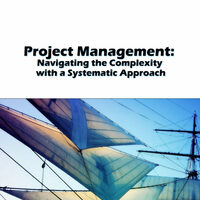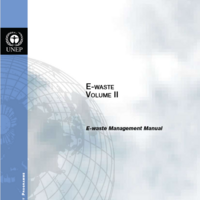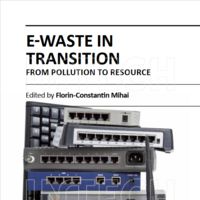Search
Books+
Searching 1,730 books
Search related to the career IT Manager
IT Project Management
IT project management involves the planning, organizing, and controlling of resources to successfully complete IT projects. It encompasses various activities and processes to ensure the project's objectives are achieved within the defined scope, budget, and timeline. Here are the key components involved in IT project management:
1. Project Initiation: This phase involves identifying the project's purpose, goals, and stakeholders. It includes conducting feasibility studies, defining project scope, and creating a project charter.
2. Project Planning: In this phase, project managers define project objectives, create a detailed project plan, and establish project schedules. They identify project tasks, allocate resources, and develop a communication plan.
3. Risk Management: Risk management involves identifying potential risks, assessing their impact, and developing strategies to mitigate or respond to them. It includes creating risk management plans, conducting risk assessments, and implementing risk mitigation measures.
4. Resource Management: This component focuses on managing project resources effectively. It involves identifying resource requirements, acquiring and allocating resources, and optimizing resource utilization throughout the project lifecycle.
5. Project Execution: During this phase, project managers oversee the actual implementation of the project plan. They coordinate team activities, monitor progress, and ensure tasks are completed as per the defined schedule and quality standards.
6. Communication Management: Effective communication is crucial for project success. Project managers establish communication channels, facilitate team collaboration, and provide regular project updates to stakeholders.
7. Quality Management: This component involves defining quality standards, establishing quality control processes, and conducting quality assurance activities. It ensures that project deliverables meet the required quality criteria.
8. Change Management: IT projects often encounter changes in requirements, scope, or resources. Change management involves identifying, evaluating, and managing changes to minimize their impact on project objectives.
9. Project Monitoring and Control: Project managers continuously monitor project progress, track performance against the plan, and take corrective actions if deviations occur. They ensure that the project remains on track and within the defined constraints.
10. Project Closure: This final phase involves formally closing the project. It includes conducting project reviews, documenting lessons learned, and transitioning project deliverables to the operational environment.
Conclusion: IT project management encompasses a range of activities, from project initiation to closure. It requires effective planning, resource management, risk mitigation, and communication to ensure successful project outcomes.
Source: Various AI tools
Pyramid project
Books tagged pyramid project
Management
Entrepreneurship
Books tagged entrepreneurship
Computer science
Leadership
Books tagged leadership
Searched in English.














































